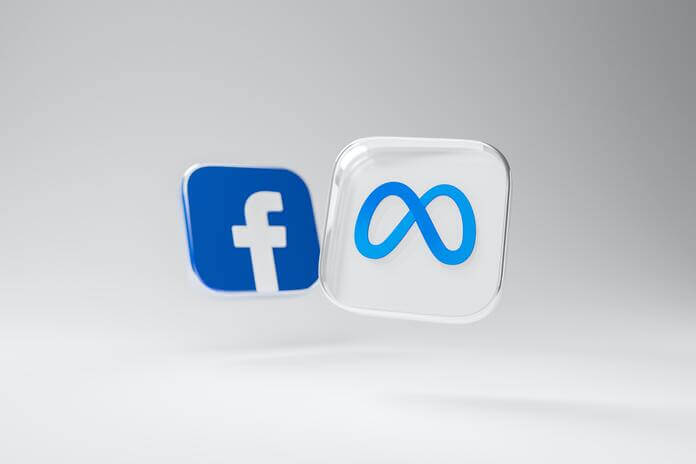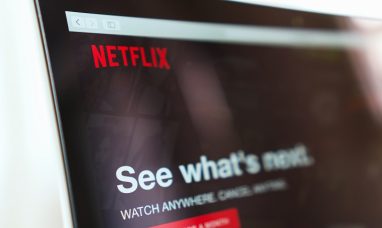Over the previous 18+ months, Meta Platforms’ year-over-year revenue growth has plummeted (Meta stock), falling from over 45% in the first quarter of last year to a drop of 4% in the third quarter report released last week. Over the same time period, Snap Inc., the company that owns Snapchat, saw its growth drop by more than 60 percentage points. Major social media firms’ stock prices, including those of Snapchat, Pinterest, and Facebook owner Meta Platforms, are down an average of 60% this year as a result of investors’ general lack of confidence in the companies’ first efforts. Subscriptions have suddenly changed from a potential call option on a secondary revenue source to a necessity.
More and more, they are charging for premium features or content. At the end of the third quarter, more than 1.5 million users were paying a monthly membership fee to Snapchat in order to gain access to “exclusive, experimental, and pre-release” features including extended story viewing times and a bitmoji that effectively dresses up for Halloween. People are paying up to $24.99 per month on Twitch to watch others play video games with more “flair.”
Why pay for anything like that? Consumer buying patterns are more accurately put into perspective by the vast amount of time they spend on social media sites for streaming, gaming, chatting, and dating. We shell out cash for things like a luxury car, a unique paint job and license plate, or a turbo engine, whether it’s for fun, attention, or status. Nowadays, we commute by car for less than an hour on average each day, but we spend nearly seven hours each day on our ten favorite social networking apps.
Expect to be able to pay almost anyplace you might socialize and otherwise hang out online, even outside of traditional social media. You can already purchase subscription-based items on Alphabet’s YouTube, which witnessed a 2% decline in its own ad revenue in the third quarter compared to the previous year. Examples of these include YouTube Premium (ad-free plus music), and YouTube TV (streaming TV service).
You can pay to view more potential dates in your neighborhood on dating apps like Grindr, and you can pay to view potential dates elsewhere on Match’s Tinder. Possibly using an animated avatar, you want to “better express yourself” on Discord. You could have to pay up to $10 per month. And it appears likely that soon you’ll be paying to use TikTok LIVE to watch your favorite tutorials.
Due to the frequent conflict between subscriptions and advertisements, social media companies have a dilemma. But none of the platforms have stopped offering an ad-free experience. Reading selected articles from top news sources without being interrupted by advertisements is one key benefit of Twitter’s Twitter Blue subscription, for which the company is apparently aiming to start charging close to $20 per month.
The business model might not be successful for Twitter. According to the Washington Post, which cited Twitter’s own data, the users who see the most advertisements—roughly the top 1% of users in the U.S.—are also the persons who are most likely to subscribe to a service, increasing the possibility of cannibalization. It’s possible that this is the reason why Meta, which already provides subscription choices on Facebook and Instagram to assist its creators generate recurring money, claims it has no intentions to provide subscriptions that would allow users to remove adverts.
Will Meta, the social network with the largest user base, excel at the subscription game? Or the one who spends the most time having fun (TikTok on ByteDance)? Or perhaps Elon Musk’s Twitter, which is utilized more for business than for fun? If the online dating market has taught us anything, it is that customers will likely continue to experiment with a variety of options while choosing to pay for the one or two that they value most at any given time.
That would imply that engagement might be more important than total user numbers. While time spent using the main social media applications has increased over the past few years, Sensor Tower statistics show that some apps are more addictive than others. According to the data, time spent on TikTok climbed by 26% between the first quarter of 2020 and the third quarter of this year, while Meta’s Facebook and Instagram both had double-digit percentage growth. The amount of time spent on Snapchat and Twitter decreased 26% and 6%, respectively, within the same time period.
Social media sites may never see subscribers as profitable as their advertisers, but without them, the industry would struggle to expand.
Featured Image- Unsplash @ Dima Solomin















